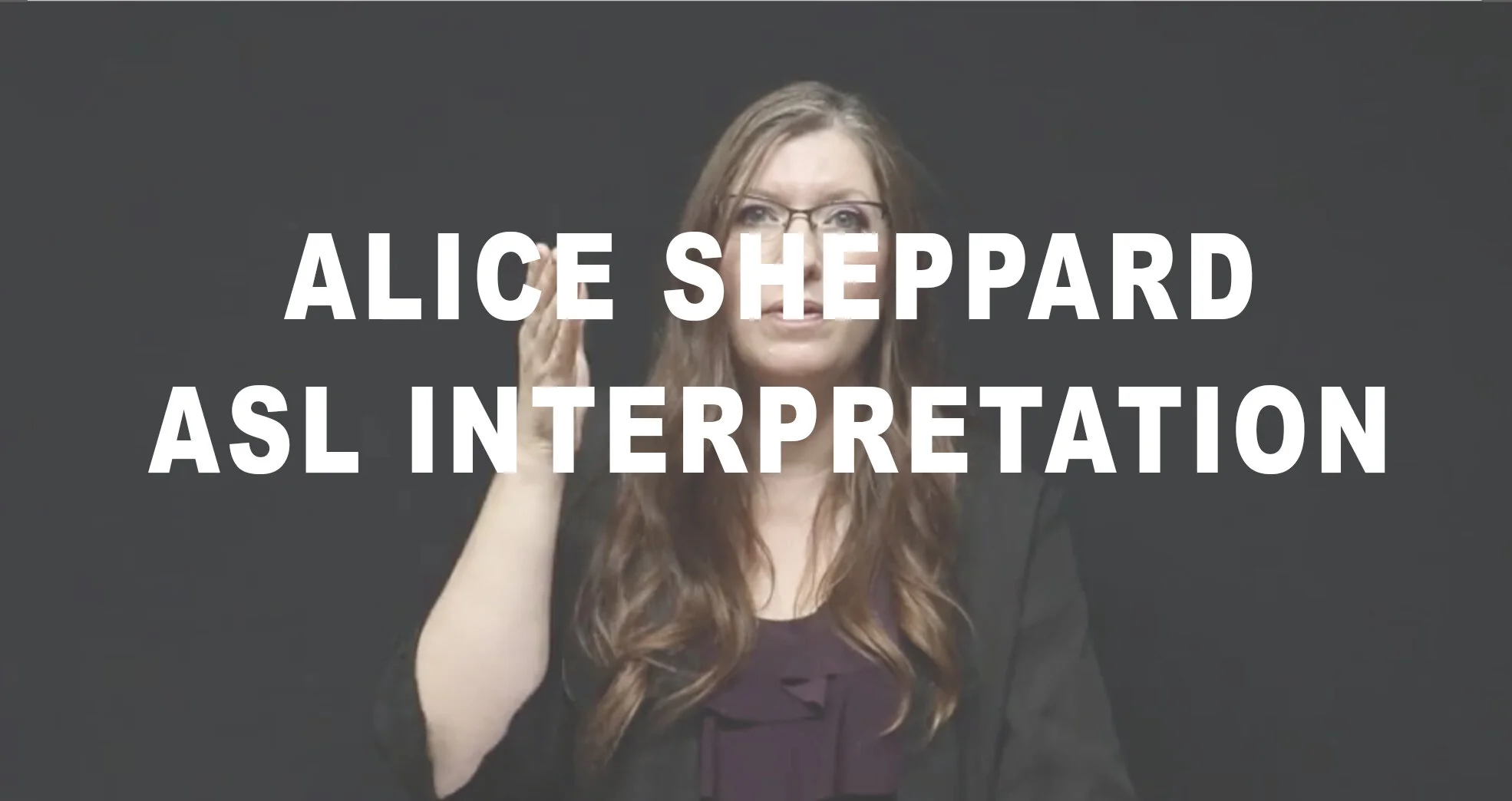Alice Sheppard is a choreographer and dance artist creating movement that challenges conventional understandings of disabled and dancing bodies. Engaging disability arts, culture, and history, she is intrigued by the intersections of disability, gender, and race.
SCRIPT:
I dream of a new world. I know I am not alone in this. Many of us are imagining new futures. We look at the past and recognize its tragedies and injustice; we want something different for the future.
We may have varying relationships to America as a country. But I believe that if you are listening to this we -- you and I -- have the heart, mind, soul, and passion to build a country that reflects and deepens our values.
I yearn for change. And I believe that the disability community and disabled artists can offer glimpses into a new sustainable new world.
Through its particular access and technology practices, the disability community knows how to thrive in quarantine. Disabled artists take this wisdom and transform it into expansive and mind-expanding art.
While institutions collapse and funding disappears, the disability community makes change, locally, as we lift up our community organizers and activists.
We make change as we take to our streets, bring food to our neighbors, share resources, raise mutual aid funds, and offer evacuees shelter from the fires in the West.
We make change even as we lie in our beds, taking over the internet in hashtags, twitter chats, and tweetstorms.
What if you joined us?
We can build this new future -- together -- not by focusing on whether or not someone holds a document that tells the state who they are and where they belong.
We build our future by ensuring that others will live to have a future. We build our future by finding ways for us to live in the community and not behind institutional walls. We build our future by trusting our relationships and honoring what our hearts reveal to each other.
I yearn for change. I believe you yearn for change.
But I do not know how to address all the inequity of this country. I am sometimes scared because I cannot imagine what a just and equitable world will look like. I often do not know where I belong. Or what I should do first.
I know I am not alone in this.
Will you share with me what you know? Here’s what I know. It is essential that we talk about my kind of disability.
Most non-disabled folks know disability as a series of medical things that are wrong with a body or mind. But my disabled world—our disability world?—knows about the disability civil rights movement and its political history. We believe in the disability justice movement. And we look to the intersectional cultural and aesthetic histories of disability as a resource for our work.
My imagination is lifted by the work of other intersectional disabled artists, writers, filmmakers, poets, scholars, and activists. And I would love to share them with you.
Opening your hearts to this artistic, cultural, and political kind of disability will help us structure a better world.
Franklin Delano Roosevelt might have been America’s first recognizably disabled president, but he was unable to make disability a tangible force in his public life. In fact, he used his gender and racial privilege to hide his disability.
I am a dancer, choreographer, and writer. I came to the United States in 1991 on a student visa, and I have worked my way with inestimable privilege through the system to become a United States citizen.
Along the way, I became disabled; now, suddenly, I find myself, a queer disabled multiracial Black woman speaking to you from a national platform.
I recognize FDR’s dilemma; I know what happens when identity meets power and privilege. And still, I assert the necessity of our complex selves; I claim the idea that strands of identities are inextricable from each other. Because I know that these ideas make good art and that they can be foundations for a better society.
I wonder what the world would have been like had FDR understood his identities in this way. I wonder what the world could have been like had society permitted him to use his own impairment as a formative influence in the social and cultural policies of his time.
The art I make recognizes my lived experience across all these axes, but it also recognizes that disability, sexuality, race and gender are more than my personal story. They are formative lenses on the world we share together. They are generative forces that drive the art I make.
Other disabled Black, Indigenous people of color know and live this, each in our own different ways.
We know that COVID-19 will change the foundations of our society. There will be a cohort of newly disabled people who will want to live complex and sophisticated lives. How will we live?
We know that understanding the role of disability in police brutality and the carceral state will change the foundations of our society. How will we live?
We know that understanding race and disability are key parts of environmental justice. How will we live?
These questions have no immediate answers. I urge us—all of us—to extend ourselves beyond what we know.
Do your research. Take in art that stretches you. Be present in conversations that force you to question everything. When things get tough, remind yourself again and again of your desire for change.
I promise you that joy and discomfort will usher us into a new world together. This is how we will live.
I’m Alice Sheppard; a disabled artist, academic, and activist. I’m from the formerly United Kingdom and I live in New York and San Francisco. You can find me on the internet @wheelchairdancr without the “e”.

